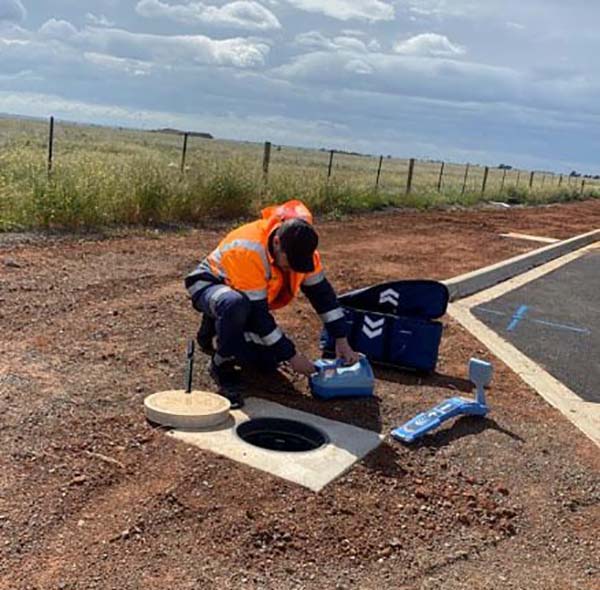What is Non-Destructive Digging, and how does it work?
Non-destructive digging, also known as hydro excavation or vacuum excavation, is a popular excavation method used in both residential and commercial settings.
While non-destructive digging (NDD) is largely regarded as the safest method of excavation, vacuum excavation provides a quick, efficient, and cost-effective alternative.
Non-destructive hydro excavation or vacuum excavator equipment can be utilised to safely do work in the proximity of subsurface services and sensitive installations, depending on the application.
What is NWhat is non-destructive digging, and how does it work?
Vacuum excavation removes organic or inorganic materials, ranging from small particles to heavy debris, from existing holes or surfaces. Non-destructive excavation is the safest and most effective approach to expose and excavate around existing subsurface services, from pipe replacements and utility installations to the removal of street waste and demolition material. While both vacuum and hydro excavation work in the same way, excavation hydro equipment uses a water jet to break up material before sucking it up.
What is the purpose of non-destructive digging?
New service installations, pipe and fitting replacements, railway and roadway maintenance, exploratory excavations, and the removal of contaminated debris from work sites and public places are all conceivable applications for soft digging excavation. Non-destructive digging, in fact, can be employed whenever individuals need to clear rubbish or expose and access space to complete work. Not only is vacuum excavation a safer way to operate in the presence of subsurface utilities, but it can also be faster and less expensive due to lower labour expenses.
Why is it important to dig in a non-destructive manner?
Non-destructive excavation is required for a variety of projects, including those involving subsurface pipelines and other delicate equipment that might be harmed by traditional excavation. Using a construction vacuum to securely remove objects and materials decreases the risk of disrupting existing infrastructure such as subterranean telephone, gas, and electricity services. Non-destructive digging, whether done with a ditch witch hydro excavator or high-pressure water excavation equipment, ensures safe excavation and peace of mind when removing crucial debris and soil.
What is the process of non-destructive digging?
Professional equipment and experience are required for reliable non-destructive excavation. A vacuum excavator, also known as a suction excavator or a construction vacuum, is the heart of the operation. While there are a variety of soft digging equipment options available, all soft digging operations follows the same principles of forceful suction and containment. In most cases, the VAC truck or guzzler truck removes debris and soil using vacuum or high-pressure water excavation. Utility detection equipment will usually be utilised to map the region and minimise any damage before the project begins.
What are some of the most popular projects?
While non-destructive digging can be used as a substitute for conventional excavation in most cases, it is especially effective when excavation is needed quickly near utilities and subsurface infrastructure. While this method of excavation is popular in both residential and commercial settings, it is particularly useful for large civil projects with tight deadlines. However, it’s not just what’s beneath the surface that matters. You may also conserve historically listed areas and natural environments using a hydrovac system without harming large root systems and plant life.

